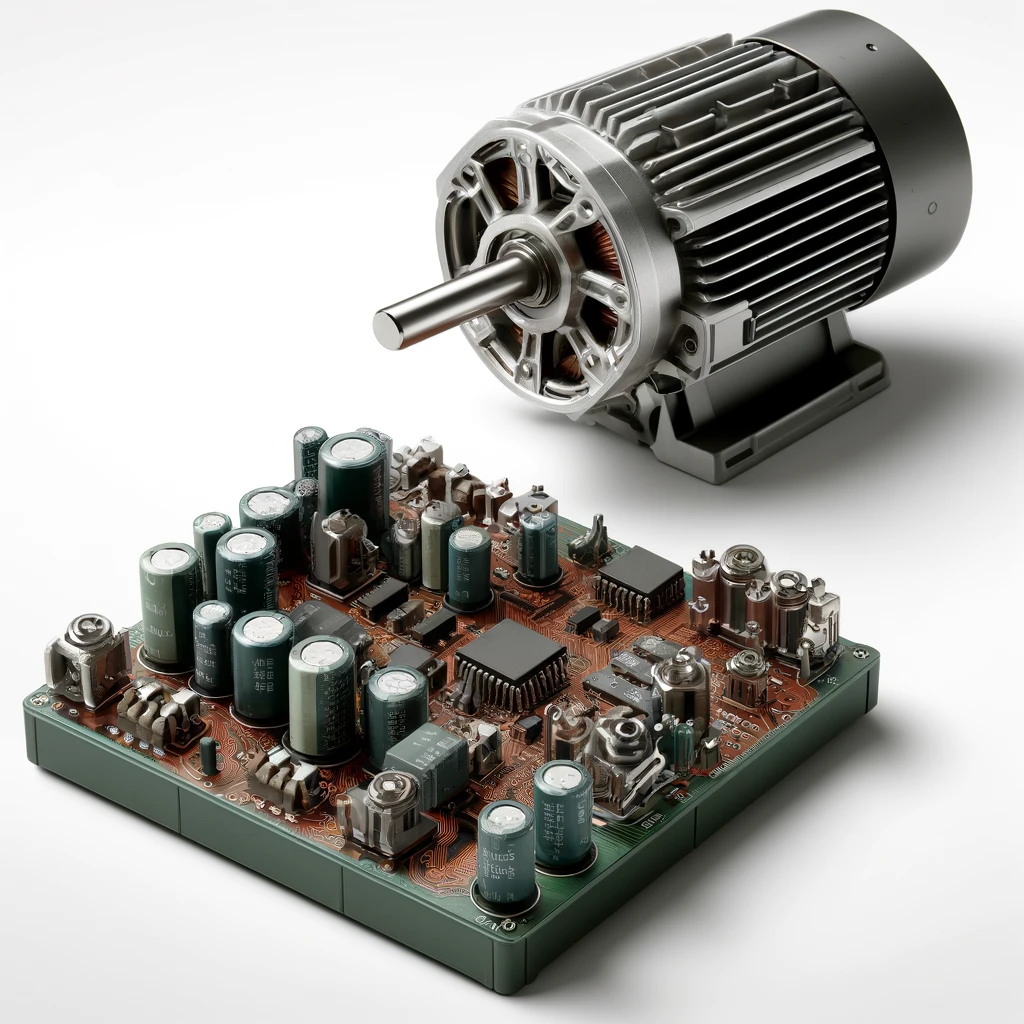In the dynamic realm of electric motor technology, the creation and meticulous review of system and software (SW) requirements stand as the bedrock of innovation and reliability. Coupled with the development of comprehensive software for motor controllers, these processes form the cornerstone of modern motor control solutions, such as Field-Oriented Control (FoC) and Sine Control strategies, which revolutionize how motors operate in electric vehicles and beyond. Drawing from our earlier discussion on these advanced control strategies, let’s delve into the critical stages of engineering that bring these innovations to life.
Crafting System and Software Requirements: The Blueprint of Innovation
The journey to developing state-of-the-art motor controllers begins with the creation and review of system and SW requirements. This foundational step ensures that every aspect of the motor controller’s design and functionality is mapped out with precision, aligning with the overarching goals of efficiency, performance, and safety.
Creating System Requirements
The process starts with a thorough analysis of what the motor controller needs to achieve. This involves defining the operational parameters, such as speed range, torque control, power efficiency, thermal management, and the integration of control strategies like FoC and Sine Control. System requirements also encompass safety features, fault tolerance, and communication protocols, ensuring the controller meets industry standards and regulatory compliance.

Reviewing Software Requirements
Software requirements translate system needs into detailed specifications for software development. This step scrutinizes every requirement for clarity, feasibility, and testability. It involves stakeholders from across the development spectrum, including software engineers, system architects, and end-users, to ensure the software will perform as intended in real-world applications. The review process identifies potential challenges early, allowing for adjustments before development proceeds.
Development of Overall Software for Motor Controller
With a solid framework of system and software requirements in place, the development of the motor controller’s software can commence. This phase transforms theoretical models and algorithms into executable code that breathes life into motor controllers.
Implementing Control Strategies
The core of the software development process involves implementing the control strategies that define the motor’s behavior. Drawing on the insights from our discussion on FoC and Sine Control, developers write and integrate code that allows for precise control over motor parameters, adapting to changes in load, speed, and environmental conditions in real-time.

Integration and Testing
The integration phase sees the various software modules brought together, ensuring they operate harmoniously within the motor controller system. Rigorous testing follows, simulating a wide range of operational scenarios to verify that the software meets all requirements and performs reliably under all conditions.
Continuous Improvement and Feedback Loop
The development process is iterative, with ongoing testing, feedback, and refinement. This approach allows developers to continually enhance the software, incorporating new technologies and insights to stay at the forefront of motor control innovation.
Conclusion: Engineering the Future
The creation and review of system and SW requirements, coupled with the dedicated development of motor controller software, are critical endeavors that shape the future of motor technology. By meticulously defining what motor controllers need to achieve and translating these needs into robust software solutions, engineers ensure that innovations like FoC and Sine Control not only become a reality but also meet the high standards required for tomorrow’s electric vehicles and industrial applications. As we move forward, the synergy between precise requirement planning and innovative software development will continue to drive the evolution of electric motor technology, promising a future where efficiency, performance, and reliability are paramount.



